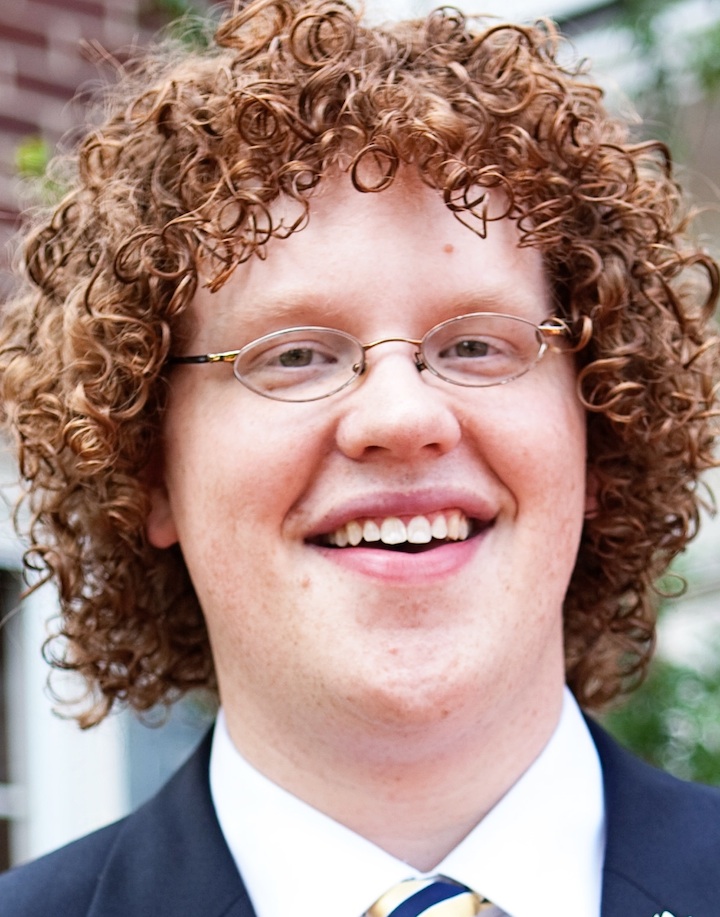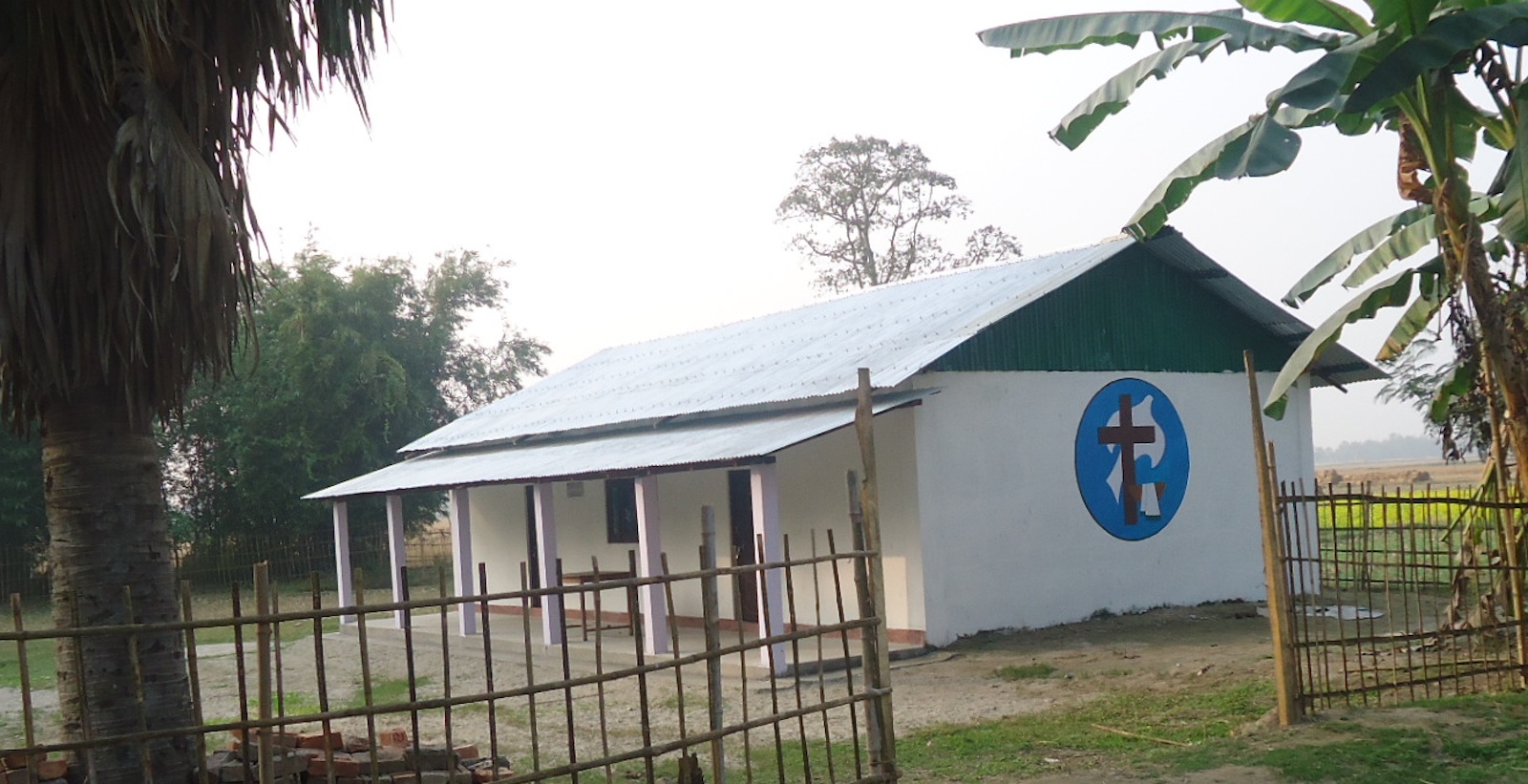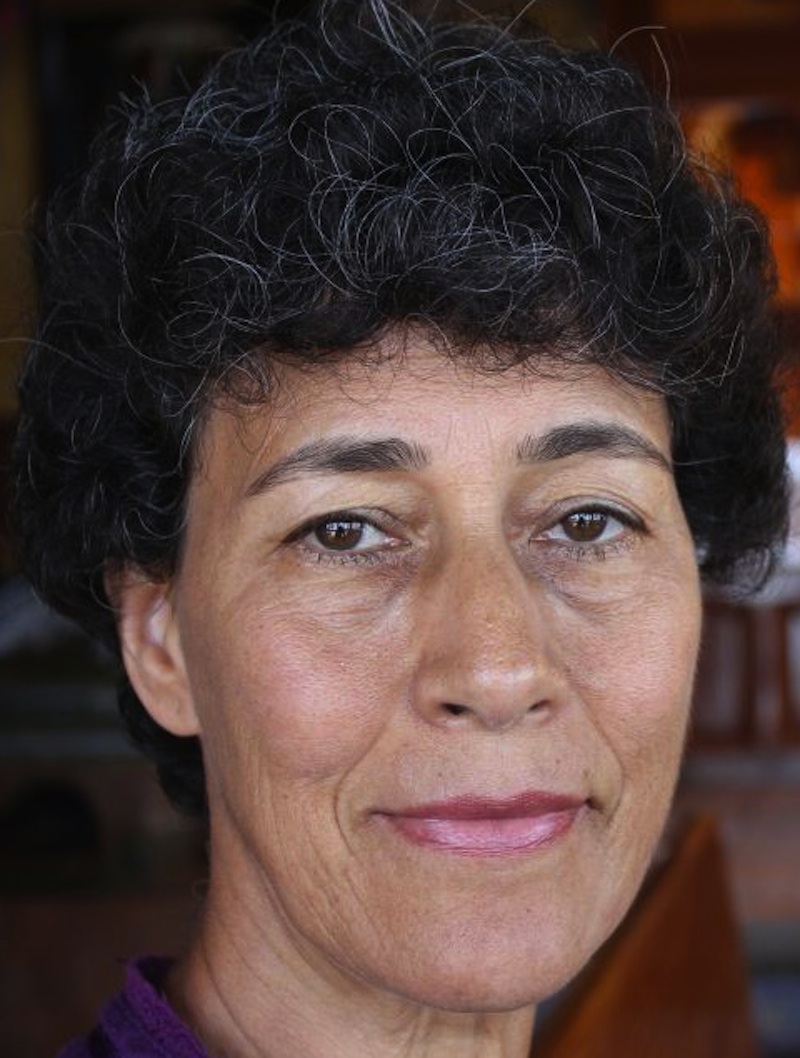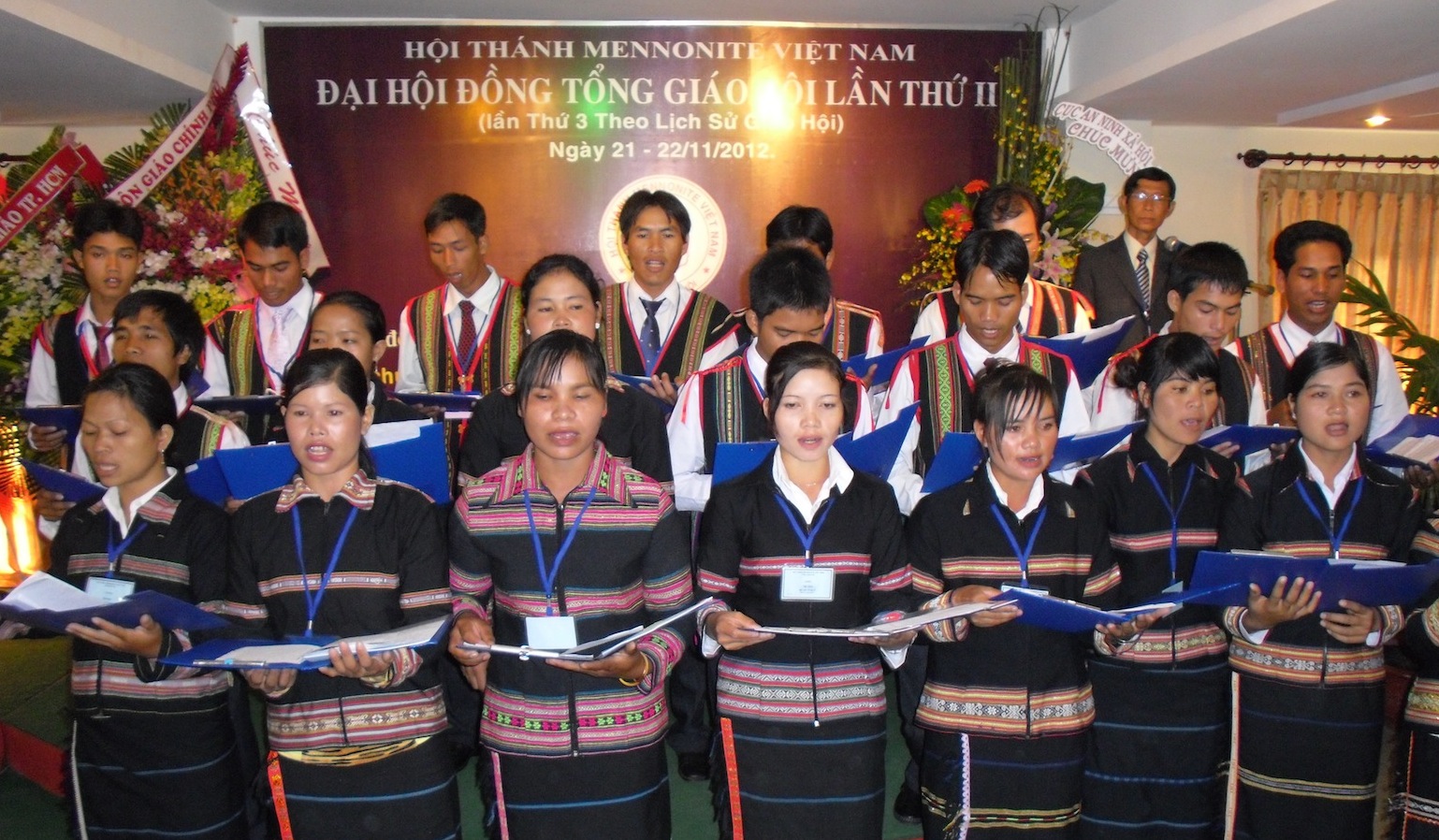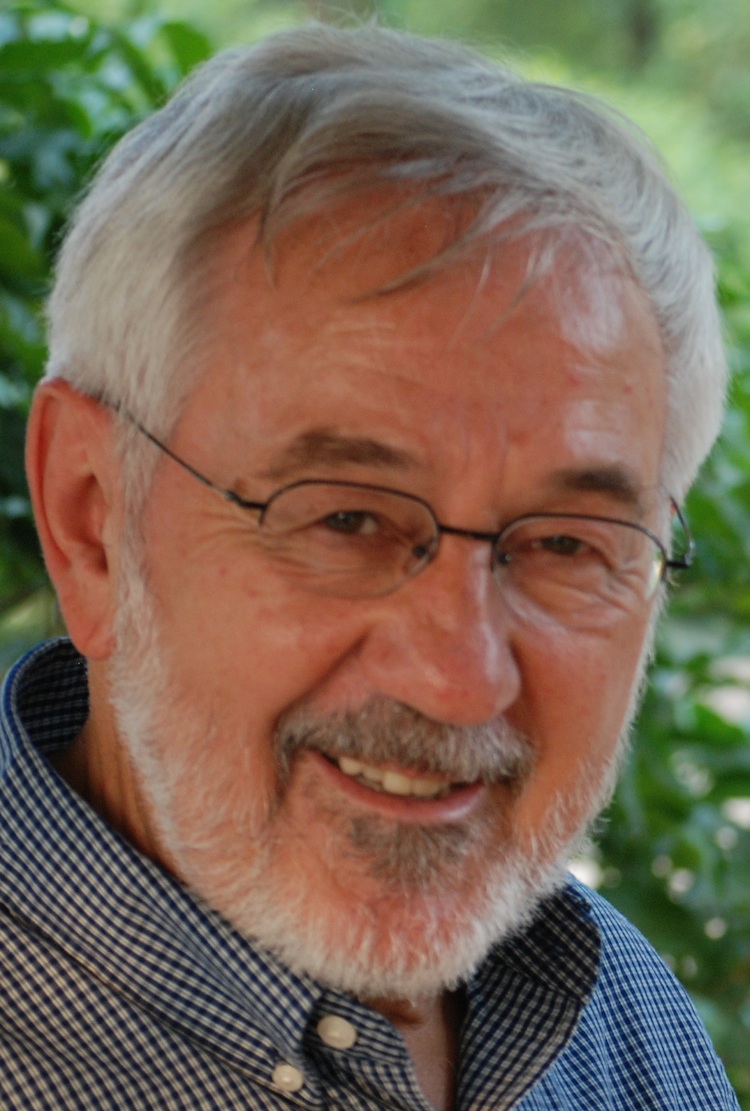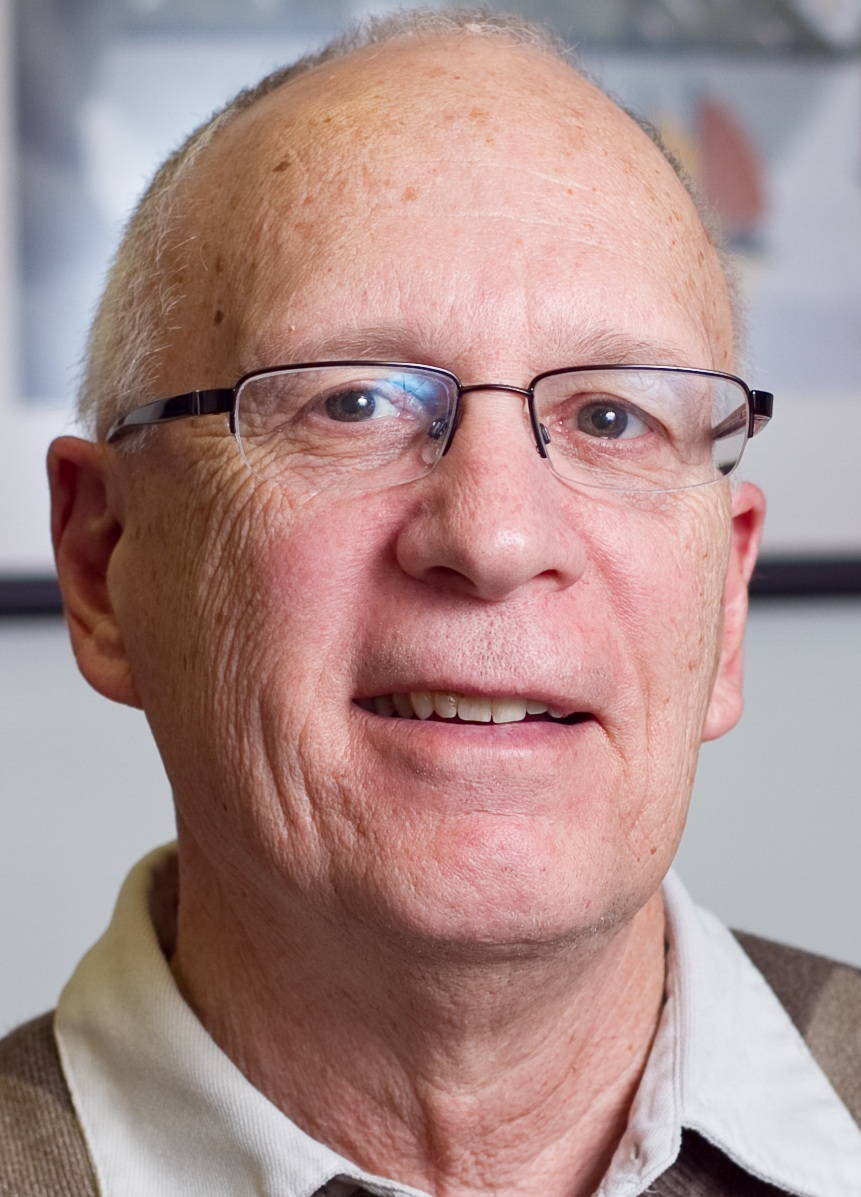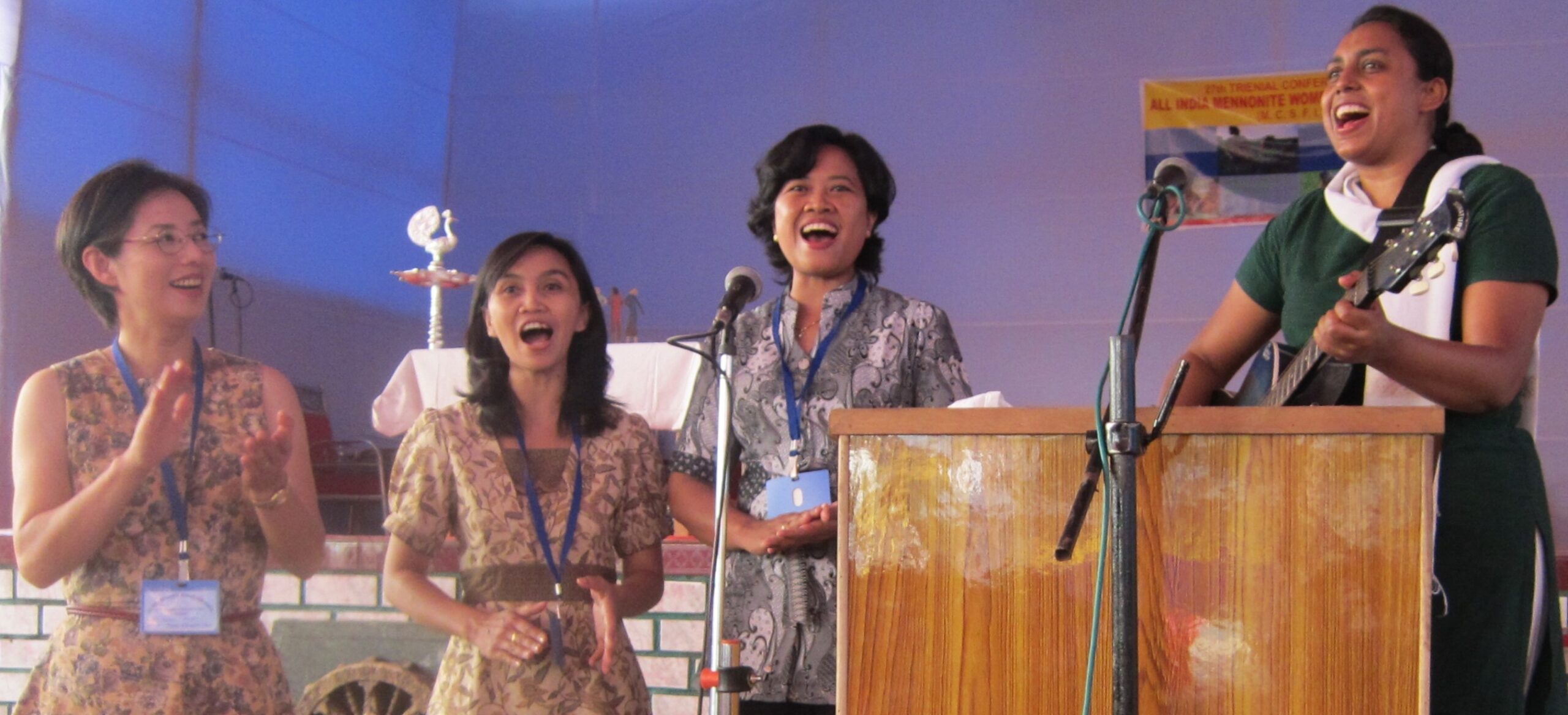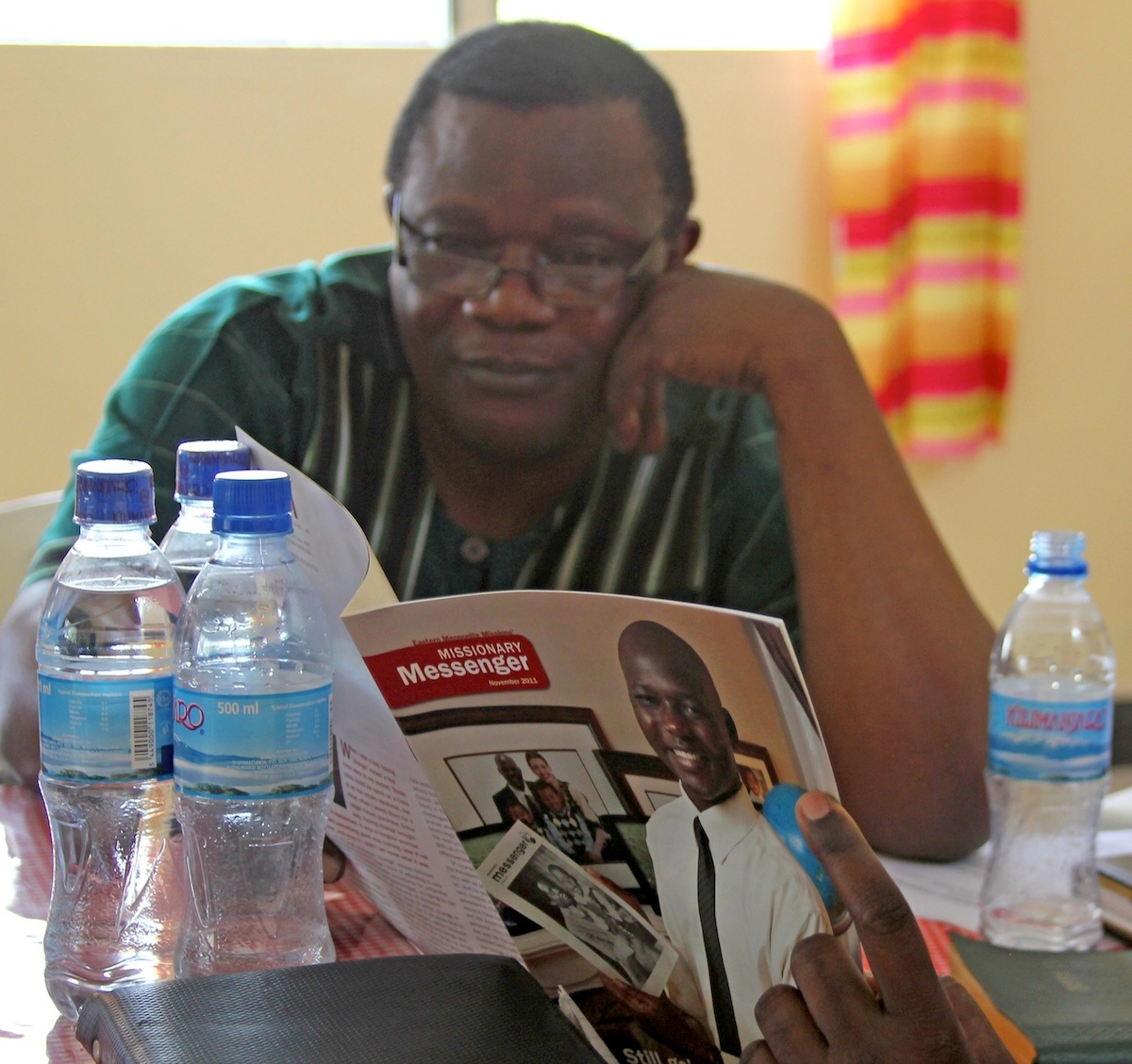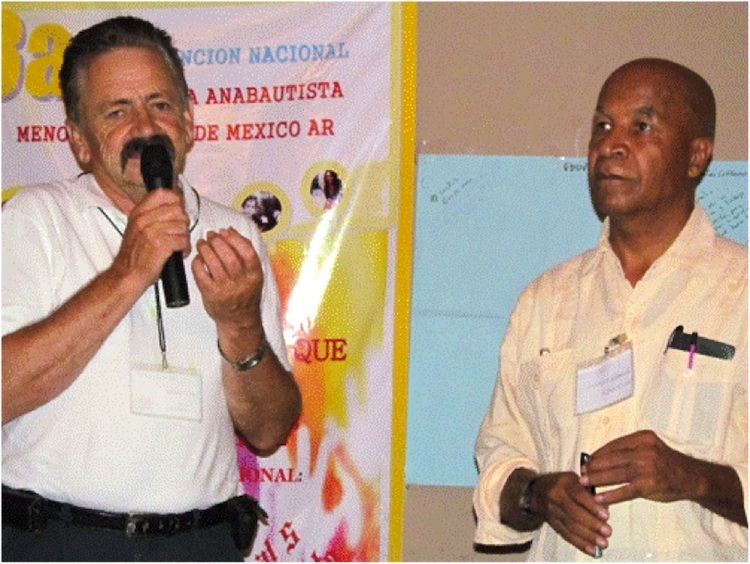-
Devin Manzullo-Thomas appointed as MWC Editor and Writer
Waterloo, Ontario – Devin Manzullo-Thomas of Harrisburg, Pennsylvania, has been appointed as Editor and Writer for Mennonite World Conference beginning January 2013. In this half-time position, he will serve as part of the MWC communication team, helping to generate stories of churches and people from the global faith family. He will also serve as editor…
-
Nepal believers dedicate concrete church building
Babiya, Nepal – Believers from the Behelwa Brethren in Christ (BIC) Church were eagerly waiting for the day to worship the Lord in a newly constructed concrete church building. Hundreds, including leaders from neighbouring churches and the BIC Executive Board, gathered 30 November, 2012 for a dedication service. Cynthia Peacock of India, chair of the…
-
Mennonite pastor, sister and nieces killed in Mexico
Cuauhtémoc, Chihuahua, Mexico – Josefina (Chepina) Rempening Diaz, her sister and two nieces were found dead on December 14 as victims of violence. They were on their way to the funeral of a relative in Guauchochi, a village in the mountains southern of Chihuahua. She pastored Ebenezer Mennonite Church with her husband, Walter Rempening, president…
-
Vietnam Mennonite Church reviews work after four years as registered church
Ho Chi Minh City, Vietnam – Four years after completing official registration with the government, leaders of the Vietnam Mennonite Church met November 21-22, 2012 to review their work and to project ministries for the next four years. The conference was held at the Cong Doan Hotel in the city’s Binh Thnh district, the area…
-
Bert Lobe completes service with MWC
St. Jacobs, Ontario – After four and a half years in various Mennonite World Conference staff roles, Bert Lobe will complete his service at the end of 2012. Lobe was first appointed in May 2008 as the MWC Global Church Advocate in North America. He provided leadership in the restructuring and administration of the Global…
-
Lynn Roth appointed as MWC North American Representative
Bogota, Colombia – Lynn Roth of Harrisonburg, Virginia, has been appointed as the North American Representative for Mennonite World Conference beginning part time in January 2013. The appointment was announced by César García, MWC General Secretary. “Lynn’s international experience plus his years of service in Mennonite institutions and churches in North America make him an…
-
Seminars encourage spiritual renewalñand much more – in Burkina Faso
German translation pending
-
Heaven Came Down in Awassa
Awassa, Ethiopia – The Meserete Kristos Church (MKC) hosted the 16th annual meeting of the International Missions Association (IMA) in Awassa, Ethiopia, September 18-26, 2012, on the beautiful shores of Lake Awassa. The IMA consists of 22 Anabaptist groups dedicated to fellowship, prayer and fasting, information sharing, resourcing, and partnership for global mission, especially in…
-
Indian and Asian women theologians form two networks
Cuttack, India—Indian and Asian women theologians officially formed two networks on October 26, 2012, at the All India Mennonite Women Conference (AIMWC) in Cuttack, India. Twenty women theologians participated from India, Indonesia, Japan and Nepal. Following the declaration of formation, Rev. Yukari Kaga of Hokkaido, Japan, preached about hope and self-confidence in the midst of…
-
East African Mennonite churches form mission board
Nairobi, Kenya – Mennonite bishops from Kenya and Tanzania formed a mission board during their annual meeting, held in August at the Mennonite Guest House. “We are no longer churches which just receive missionaries, but churches which send missionaries,” the church leaders stated. EMM has a 78-year history of working with churches in East Africa.…
-
Anabaptist seed grows in Venezuela
“A story of inspiration, courage and grace of God that gives life and growth to the seed that really wants to do God’s will.” These are the words that Peter Stucky used to describe a Venezuelan Mennonite group which recently invited him to teach a course in its seminary program. Stucky, a Mennonite pastor and…
-
Mexican churches commit to confronting violence and injustice
Matamoros, Tamaulipas, Mexico—Delegates from the six national church conferences that form Iglesia Anabautista Menonita Unida de México (IAMUM, United Anabaptist Mennonite Church of Mexico) gathered here August 2–5 for their third assembly. The meeting drew nearly 120 participants from around Mexico as well as from Colombia, the U.S. and Canada. Ricardo Esquivia, a Mennonite peace…
